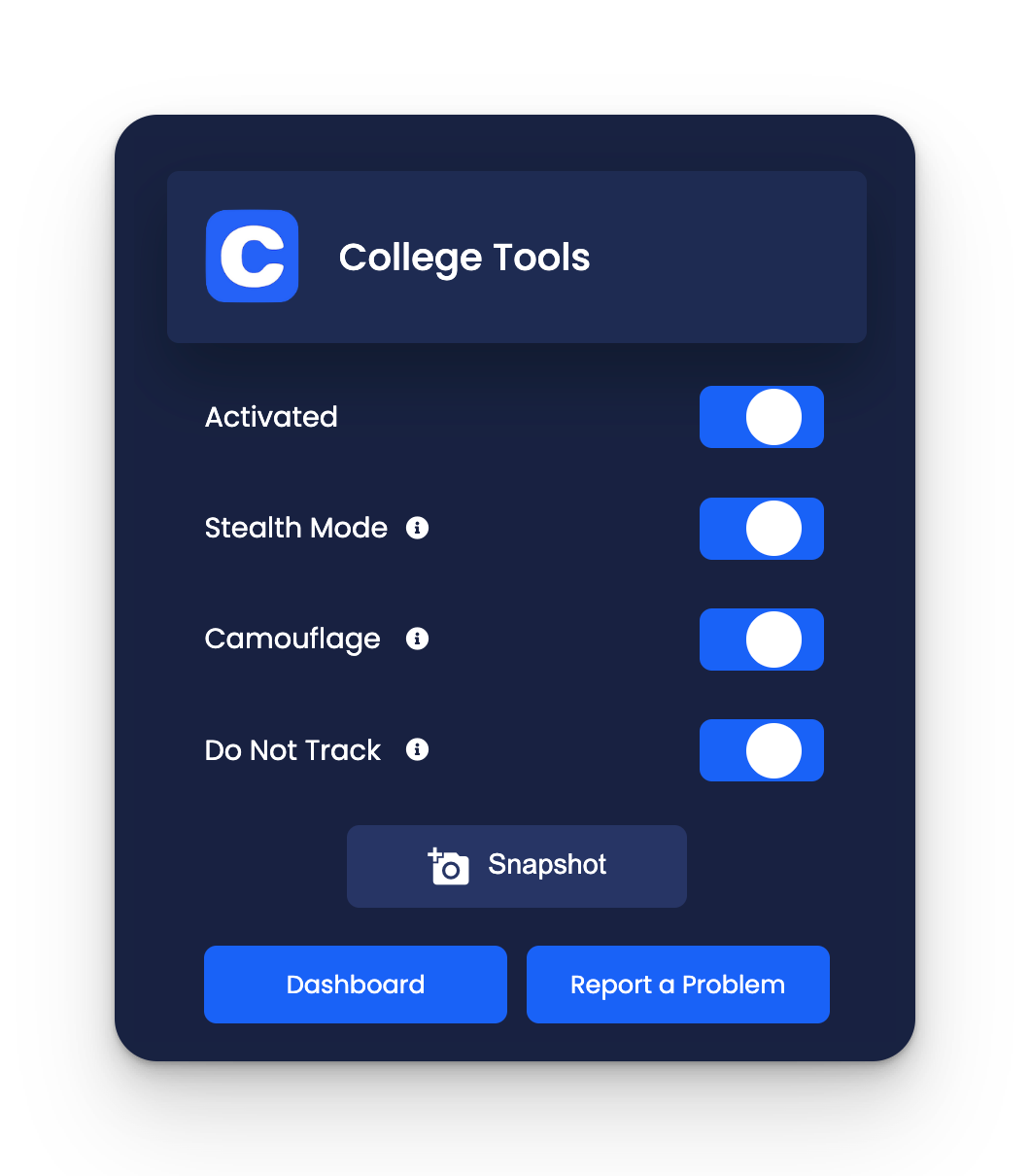The integration of learning apps in the high school curriculum has reshaped the approach to education, allowing both students and educators to benefit from the flexibility and interactivity they provide. With the plethora of homework online resources at their fingertips, students are empowered to tailor their study habits and engage with material on a deeper level.
In particular, the use of productivity tricks through various apps encourages students to adopt time management and organizational skills that are indispensable in both their academic and personal lives. These digital solutions not only assist students in becoming autonomous learners but also prepare them for a future where technology is intertwined with every aspect of daily life.
The Transformative Power of Learning Apps
At the heart of this digital revolution is the transformative power that learning apps hold. Resources such as Common Sense Education's picks for best apps for high school and Edutopia's insights on apps for complex assessment projects are testaments to the diversity and depth of learning applications available. These tools offer personalized learning experiences and interactive elements that cater to different learning styles and preferences.
Take, for instance, flashcard apps that utilize spaced repetition algorithms. Students can customize their study sessions to focus on areas where they need the most practice, ensuring the retention of information over time. Similarly, apps that simulate laboratory experiments give students the chance to explore scientific concepts without the constraints of physical resources or safety concerns.
Furthermore, as demonstrated by a Psychology Today article, technology is not only transforming homework but also the very fabric of classroom dynamics. Interactive quizzes and collaborative projects facilitated by learning apps encourage engagement and foster an environment where knowledge is not merely absorbed but actively constructed.
Balancing Screen Time and Learning
Despite the myriad benefits, the question of screen time is an ever-present concern among educators and parents alike. Striking a balance between utilizing these digital tools and maintaining healthy screen time habits is critical. Educators and parents should guide young learners in setting boundaries that ensure technology serves as a bridge to knowledge, not a barrier to personal well-being.
This balance is where features such as the ones on college tools, which are designed with students' well-being in mind, come into play. Time trackers and focus modes are just a couple of examples of functionalities that can help students manage their usage effectively.
Empowerment through Accessibility
What stands out most when considering learning apps is the democratization of education they promote. Students from all backgrounds can access high-quality resources that were once out of reach for many. Whether it's supplemental tutorials, language learning platforms, or advanced calculators, these tools break down geographic and socioeconomic barriers, giving every student the opportunity to excel.
The Future of High School Education
Looking to the future, it is clear that learning apps will continue to play a pivotal role in shaping the educational experiences of high school students. As artificial intelligence and machine learning make their way into the educational sphere, the potential for customized learning plans and adaptive testing is immense. These technological advancements will undoubtedly provide students with a more nuanced and supportive learning environment.
High school educators are at the forefront of this shift, navigating new digital terrain as they incorporate these tools into their teaching strategies. Professional development centered around technology integration will be integral to ensuring that teachers are equipped to harness the potential of learning apps effectively.
Conclusion
The intersection of high school education and learning apps represents an exciting and evolving chapter in the narrative of academic growth. As we continue to witness and participate in this digital transformation, it is crucial to embrace the opportunities these tools offer. From enhancing study habits with homework online solutions to cultivating productivity tricks that will serve students for a lifetime, learning apps are not just accessories to education; they are becoming essential components of a holistic learning ecosystem.

